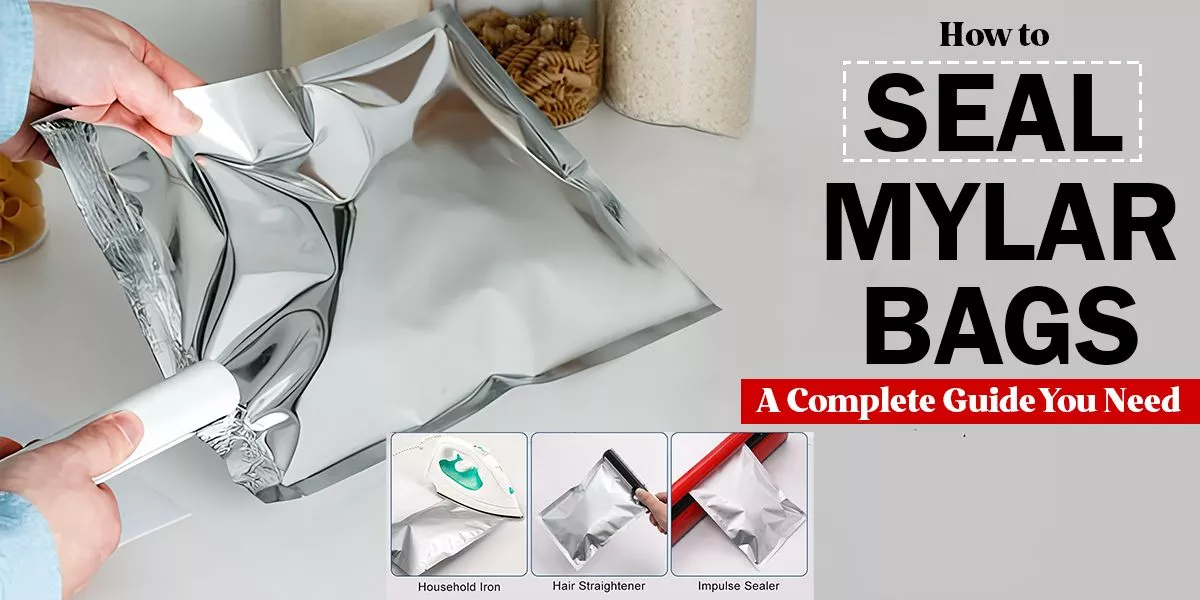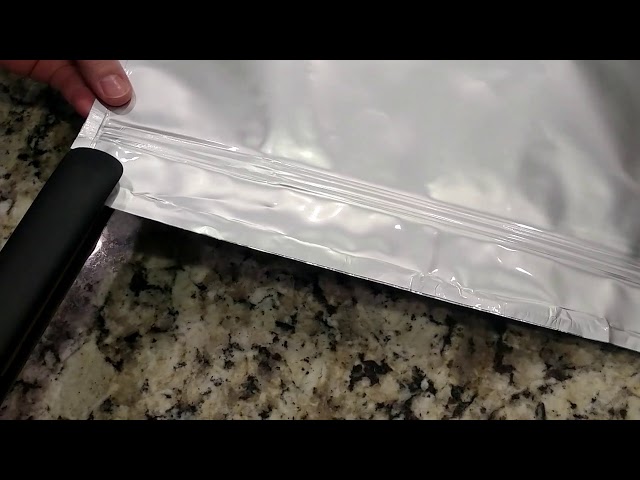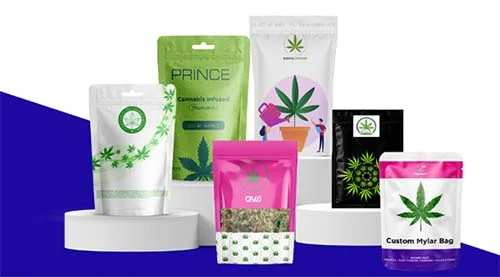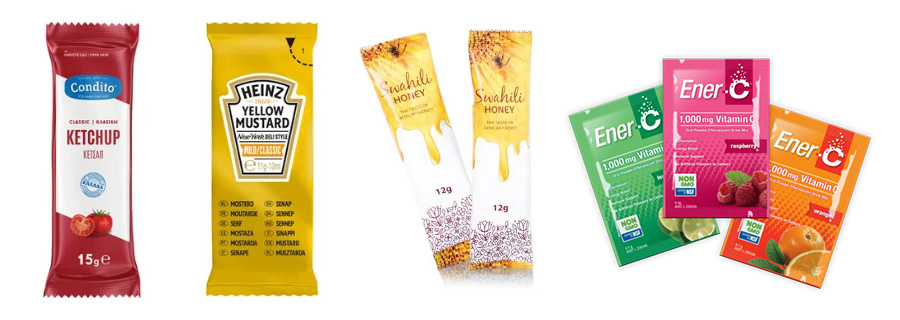Mini coffee bags are transforming the way coffee enthusiasts indulge in their morning cup, providing a sustainable and convenient alternative to regular brewing. These tiny, single-serve pouches, similar to tea bags but containing ground coffee, are becoming increasingly popular among consumers and roasters. Their popularity is due to a combination of convenience, environmental issues, and changing consumer habits. This article delves into what mini coffee bags are, their unique features, and the key factors driving their widespread appeal.
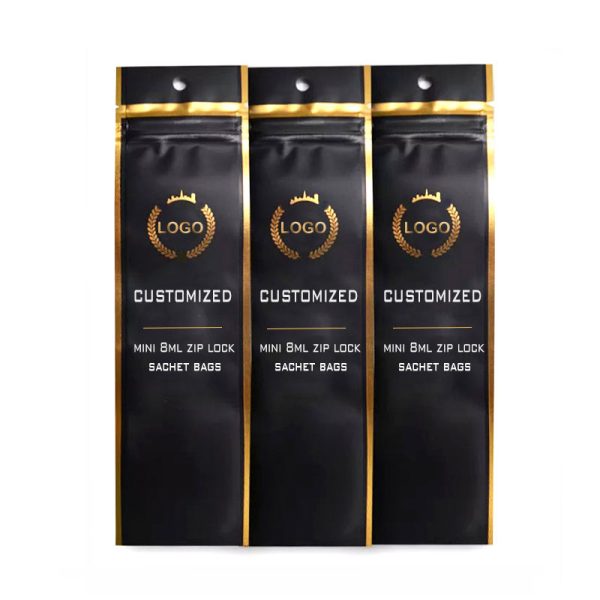
What Are Mini Coffee Bags?
Definition and Design
Mini coffee bags are compact, pre-portioned packets containing ground coffee, typically designed for brewing a single cup. Similar to tea bags, they are made from filter paper, food-grade plastic, or a combination of biodegradable materials, often sealed in an outer sachet to preserve freshness. They typically contain 5 to 10 grams of coffee, which will make a typical 6- to 8-ounce serving, and have basic brewing directions: add hot water, steep for a couple of minutes, and discard the bag.
Types and Variations
Most of the mini coffee bags follow two styles: standard and drip or pour-over. Standard bags steep directly in a mug, similar to how one brews tea. Drip bags have tabs or a frame to be hung over a cup and mimic the pour-over process. Some of these brands add nitrogen flushing to extend shelf life or add tags for easy removal, matching various brewing preferences and ease of use.
Material Content
Producers make small coffee bags from a mixture of materials, from conventional paper to novel biodegradable ones such as PLA (polylactic acid) or natural fabrics. Most are designed to be compostable or recyclable, thus solving eco-friendly issues without compromising the coffee inside. The material used can influence the barrier properties of the bag, with its ability to keep flavors fresh over time.
How do Mini Coffee Bags Work?
Brewing Process
Operating with a mini coffee bag is easy. Users insert the bag into a mug, add hot water (just off boiling point, between 195-205°F), and steep for 2 to 4 minutes depending on preferred strength. With drip bags, opening the tabs permits water to pass through the coffee grounds into the cup below. The bag is discarded after brewing, producing a clean cup of coffee without grinders or special equipment.
Comparison to Other Methods
In contrast to coffee pods or capsules, which are only good for a machine, minialt coffee bags only need hot water. These can be used at any time at home, in the office, or while traveling. Unlike instant coffee, they allow a richer, fresher flavor through the use of pre-ground, quality beans. But, unlike French presses or pour-over setups, they do away with mess and cleanup, which makes them appealing to those looking for simplicity.
Why are mini coffee bags gaining popularity?
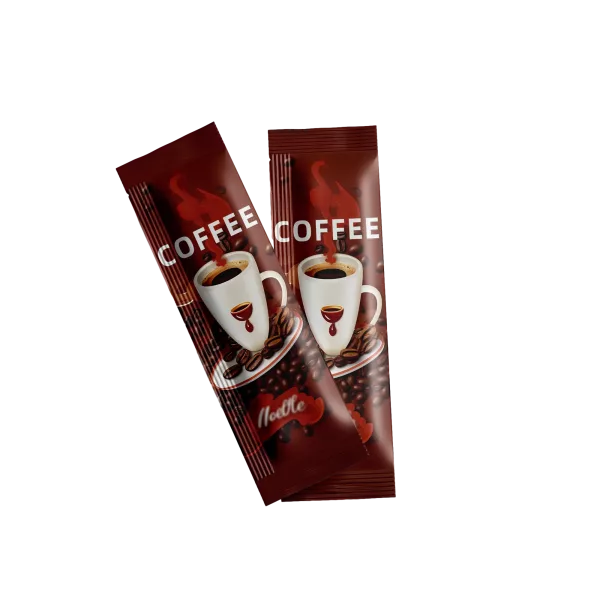
1. Unparalleled convenience
The key driver in the mini coffee bag is the ease of their use. At a time when nobody has enough time to pop into the coffee shop, such a bag does away with the inconvenience of measuring, grinding, or using brewing equipment. With them, busy professionals, travelers, and people in any other capacity can get their high-quality, tasty coffee on the go. Being able to brew anywhere with just a kettle and mug makes them appealing in a wide variety of situations.
2. Better Taste and Quality
Mini coffee bags tend to hold superior, freshly roasted Arabica coffee, with a taste profile more similar to cafetière coffee than instant coffee. Brands focus on the use of no additives, with a clean, full-bodied taste that will satisfy serious coffee drinkers fed up with processed competitors. Portion control brings uniformity, with each cup serving as a sure experience without uncertainty created by conventional methods.
3. Environmental Awareness
With sustainability now on the agenda, mini coffee bags are uniquely positioned for eco-friendliness. Most are compostable or recyclable; the earthier solution stands here to plastic-packed coffee pods that always seem to find their way into landfill waste. Greater awareness of environmental footprint has encouraged consumers to support the sort of format-related trend of zero-waste lifestyle and demand for such bags has risen.
4. Cost Effectiveness
Mini coffee bags often strike a balance between affordability and quality. They are typically cheaper than freshly ground coffee from cafes or specialty pods, yet offer a better taste than instant coffee. This cost-effectiveness, combined with the ability to try small batches of different blends, appeals to both casual drinkers and those exploring specialty coffees without committing to larger quantities.
5. Versatility and Portability
The small size and individual packaging of mini coffee bags make them perfect for take-out purposes. Whether they are being packed for a walk in the woods, hidden away in an office desk drawer, or added to gift sets, their portability is what differentiates them. Drip bags, especially, provide pour-over experience without cumbersome equipment, appealing to adventurers and minimalists alike.
6. Growing Coffee Culture
Global expansion of coffee culture has fueled demand for a host of brewing techniques. Single-serve coffee bags introduce new consumers to specialty coffee, bridging the space between instant access and artisanal perfection. Roasters use them to showcase unique origins and roast profiles, educating buyers and driving discovery, which further fuels their success.
7. Market Innovation and Variety
Brands are meeting demand by increasing decaf, organic, and single-origin offerings. Nitrogen-flushed bags push the shelf life, and brandable designs increase visibility. This technology makes mini coffee bags popular, drawing loyal consumers and novelty-seekers into their coffee routine alike.
Benefits Beyond Popularity
For Consumers
Mini bags of coffee provide a convenient means to have quality coffee without spending money on specialist equipment or learning the art of brewing. Individual packaging guarantees freshness every time, and the range of blends means that individuals can experiment with taste, improving the experience of drinking coffee.
For Retailers and Roasters
Roasters benefit from this as samples may be offered to allow the customer to try new products without fear of large purchases going stale. Retailers benefit from impulse buys as well as gift sets, and the eco-friendly position bolsters brand loyalty as environmentally conscious consumers feel a stronger connection to the brand.
Cultural Impact
The emergence of mini coffee bags is a symptom of a larger trend in food and beverage towards convenience and sustainability. They enable customers to engage with the culture of coffee without the limitations of past methods, creating a sense of community and openness in the world of specialty coffee.
Challenges and Considerations
Preservation Limitations
While mini coffee bags excel in convenience, their barrier properties may not match those of sealed cans or foil pouches for long-term storage. Consumers are advised to use them within their recommended shelf life—typically three months—to enjoy peak flavor, though some nitrogen-flushed versions extend this period.
Environmental Nuances
Not all mini coffee bags are equally sustainable. Those with plastic components or non-compostable sachets may undermine their green credentials if not disposed of properly. Educating consumers on correct disposal methods is crucial to maximizing their environmental benefits.
Taste Sensitivity
Steeping bags will never be able to match the depth of a French press or espresso, according to some coffee aficionados. The brew time and water temperature have to be carefully controlled to produce a weak or over-brewed cup, which needs a little learning curve for best results.
The Future of Mini Coffee Bags
Technological Developments
Innovations like improved biodegradable materials and smart packaging—such as freshness indicators—are poised to enhance mini coffee bags’ appeal. These developments could address preservation concerns and further align them with sustainability goals.
Market Expansion
As demand grows, more brands are likely to enter the market, increasing competition and variety. This could drive down costs and encourage the development of regionally tailored blends, broadening the global reach of mini coffee bags.
Consumer Adoption
With further education on their benefits and correct usage, mini coffee bags will become a household name and a regular at cafes. With their positioning as a middle ground between instant convenience and specialty quality, they have the best chance of maintaining long-term success within the changing face of coffee.
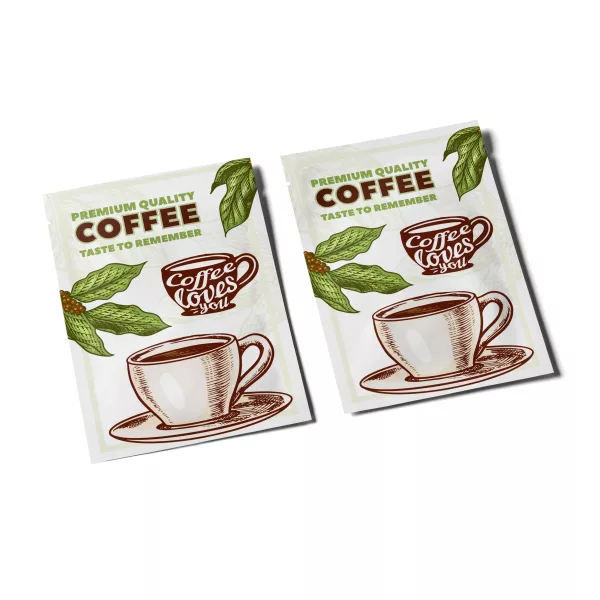
Conclusion
Mini coffee bags are powerful but little, providing an easy, delicious, and environmentally friendly method of consuming coffee. As they offer unparalleled convenience, enhanced flavor, and compatibility with green trends, their popularity swells from hectic business professionals to environmentally friendly aficionados. While issues of preservation and awareness in disposal present challenges, continuous innovation holds the potential for further development in their appeal. To roasters, retailers, and consumers alike, mini coffee bags are a sensible progression of coffee culture-unifying quality and accessibility in a growing green world.

